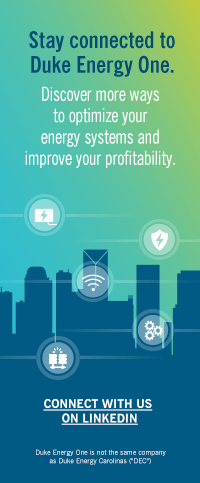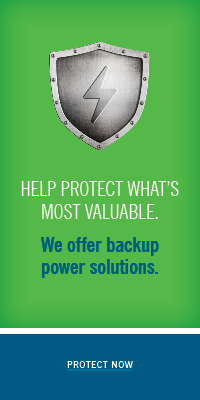Entering into a long-term Energy Infrastructure as a service (EIaaS) agreement can help companies improve their profitability while helping reduce their carbon footprint. Leading companies utilize outsourcing to help improve reliability, modernize systems, reduce costs and meet their sustainability commitments.
First Steps
Before entering into a long-term agreement, reach out internally to see if your company has outsourced any functional areas in the past. If so, learn what basis those decisions are made upon and if the most senior decision-makers would consider this type of arrangement. Take note of their measurements for a successful project proposal.
The answers to these questions will help you to build your business case for EIaaS. The process for the first project can easily take 12 months or more once you have answers. After that any additional projects should move more quickly and smoothly.
Relationship Management
Internal leadership within your company should come from someone willing to bring multiple stakeholders together to optimize the largest net value for the company. They can navigate the company’s internal decision-making processes and ensure all necessary parties are engaged. A leader, such as a stakeholder or senior manager, might be the right relationship management choice as they will experience several benefits from the project.
In with the New
If you are planning to build a new facility, using EIaaS is a great solution and can be applied in a new build situation. The design and equipment ownership can be set up to maximize value for your business.
EIaaS vs. ESCO Service
Energy Service Company (ESCO) services are typically performance contracts, where payments are tied to percentages of savings. As a rule, these contracts lend themselves well to entities with restricted access to capital and very long-term operating commitments like government facilities and public school districts or universities.
EIaaS is not a performance contract and does not come with the same expensive and onerous measurement requirements, which lead to a potentially argumentative basis for setting payments.
The most typical difference is based on the ownership of the equipment. ESCOs generally do not own the equipment, whereas Duke Energy One will own the equipment with this type of EIaaS project.
Production Insights
Understanding and quantifying the impact of the potential loss of any business infrastructure that might be provided on an as-a-service basis is important. EIaaS is appropriately designed and contract language can include liability language that is reasonable for both parties.
In most cases, the determination of upside sharing and downside costs is often hard to predict for both sides. Ideally, the agreement should be strong enough to motivate the owner to maximize uptime, but not so onerous that cost of managing the uptime risk is higher than the true value of the uptime.
Be wary of providers that are willing to make uptime guarantees that seem overly ambitious. This might be the first sign of a bad long-term relationship.
Broaden Your Infrastructure
Learn more about EIaaS by viewing our webinar where you’ll hear about fundamental concepts of investment analysis and how to apply them to real-world examples. Our webinar covers topics such as: risk tolerance, simple payback, time value of money, net present value, the internal rate of return, life cycle cost analysis and reasons to consider outsourcing.
We have over 20 years of experience building business cases for backup generators. This webinar will share how we have been successful at getting approval of large capital projects that are structured as a managed service.
Gain the confidence and know-how to discuss and defend energy-saving investments with senior management at your company. Watch our webinar now!


